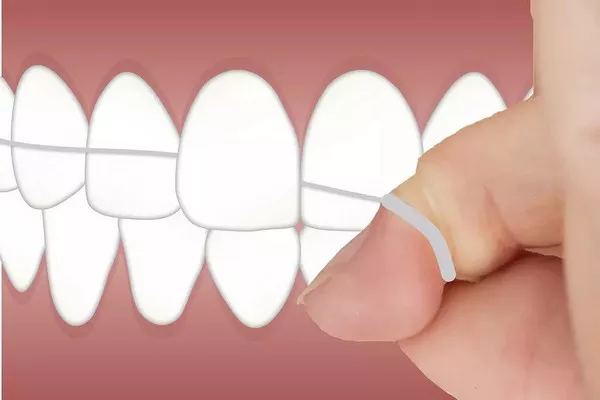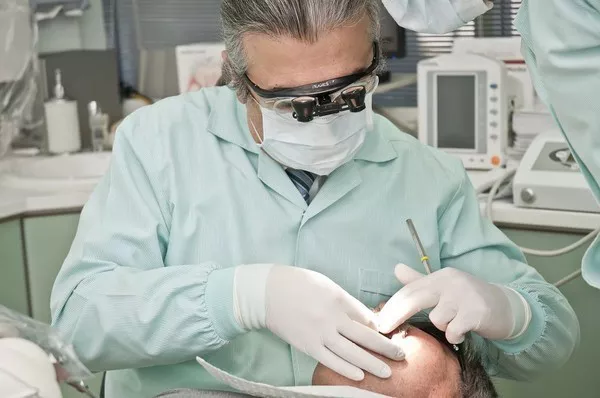Cigarette smoking is one of the leading causes of preventable deaths worldwide. The harmful effects of smoking are well-documented, including an increased risk of cancer, heart disease, and lung disease. However, many people may not realize that smoking also has a significant impact on oral health, including yellowing of the teeth. In this article, we will explore the harmful effects of smoking on oral health and the specific ingredients in cigarettes that contribute to yellow teeth. We will also provide tips on how to prevent yellow teeth caused by smoking.
1. Nicotine
Nicotine is a highly addictive ingredient found in cigarettes. It is absorbed through the lungs and enters the bloodstream, leading to addiction and other health problems. In addition to its addictive properties, nicotine also contributes to yellowing of the teeth by reducing blood flow to the gums. This reduction in blood flow can lead to a decrease in the production of saliva, which is responsible for washing away food particles and neutralizing harmful bacteria. Without adequate saliva, food particles and bacteria can accumulate on teeth, leading to yellowing and staining.
- Quit smoking
The most effective way to prevent yellow teeth caused by smoking is to quit smoking altogether. This can be a challenging process, but many resources are available, including nicotine replacement therapy, counseling, and support groups.
- Maintain good oral hygiene
Regular brushing, flossing, and rinsing with mouthwash can help remove surface stains and prevent the buildup of plaque and bacteria.
- Consider teeth whitening treatments
Teeth whitening treatments can help remove deeper stains caused by smoking. Talk to your dentist about available options, including professional treatments or at-home whitening kits.
2. Tar
Tar is a black, sticky substance that is produced when tobacco is burned. It coats the teeth and other surfaces in the mouth, leaving a yellowish-brown stain. Tar also contains a variety of harmful chemicals, including carcinogens, which can lead to oral cancer.
- Use a straw
When smoking, using a straw can help reduce the amount of tar and other harmful substances that come into contact with the teeth and gums.
- Brush and rinse immediately after smoking
Brushing and rinsing with mouthwash immediately after smoking can help remove tar and other harmful substances before they have a chance to stain the teeth.
3. Carbon Monoxide
Carbon monoxide is a toxic gas that is produced when tobacco is burned. It is absorbed through the lungs and enters the bloodstream, where it competes with oxygen for space on red blood cells. This competition leads to reduced oxygen levels throughout the body, including the mouth. Without adequate oxygen, the tissues in the mouth can become damaged, leading to discoloration and yellowing of the teeth.
- Stay hydrated
Drinking plenty of water can help increase oxygen levels in the body and reduce the impact of carbon monoxide.
- Practice deep breathing exercises
Deep breathing exercises can help increase oxygen levels in the body and reduce the harmful effects of carbon monoxide.
- Consider using oxygen therapy
Oxygen therapy involves breathing in pure oxygen, which can help counteract the effects of carbon monoxide poisoning.
4. Ammonia
Ammonia is a gas that is produced when tobacco is burned. It is responsible for the distinct smell of cigarette smoke and is also a significant contributor to yellowing of the teeth. Ammonia can cause damage to the enamel, the outer layer of the teeth, leading to discoloration and staining.
- Brush and rinse immediately after smoking
Brushing and rinsing with mouthwash immediately after smoking can help remove ammonia and other harmful substances before they have a chance to stain the teeth.
- Use teeth whitening treatments
Teeth whitening treatments can help remove deeper stains caused by ammonia. Talk to your dentist about available options, including professional treatments or at-home whitening kits.
- Consider using baking soda
Baking soda is a natural teeth whitener that can help remove surface stains caused by ammonia. Mix a small amount of baking soda with water to create a paste, then apply to the teeth and brush gently.
It’s important to note that while these tips can help prevent yellowing of the teeth caused by smoking, the only way to truly protect oral health is to quit smoking altogether. Smoking not only causes yellowing of the teeth but also leads to a wide range of other oral health problems, including gum disease, tooth loss, and oral cancer. Quitting smoking can be a challenging process, but the benefits to oral and overall health are significant.
In conclusion, smoking is a harmful habit that can have a significant impact on oral health, including yellowing of the teeth. The ingredients in cigarettes, including nicotine, tar, carbon monoxide, and ammonia, all contribute to the discoloration and staining of teeth. While quitting smoking is the most effective way to prevent yellow teeth caused by smoking, maintaining good oral hygiene and using teeth whitening treatments can also help prevent yellowing of the teeth. By understanding the harmful effects of smoking on oral health and taking steps to prevent yellow teeth, individuals can improve their overall health and well-being.
Related Topics:
































